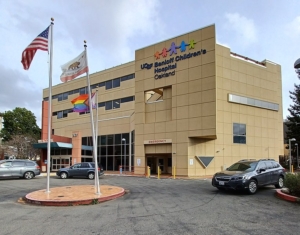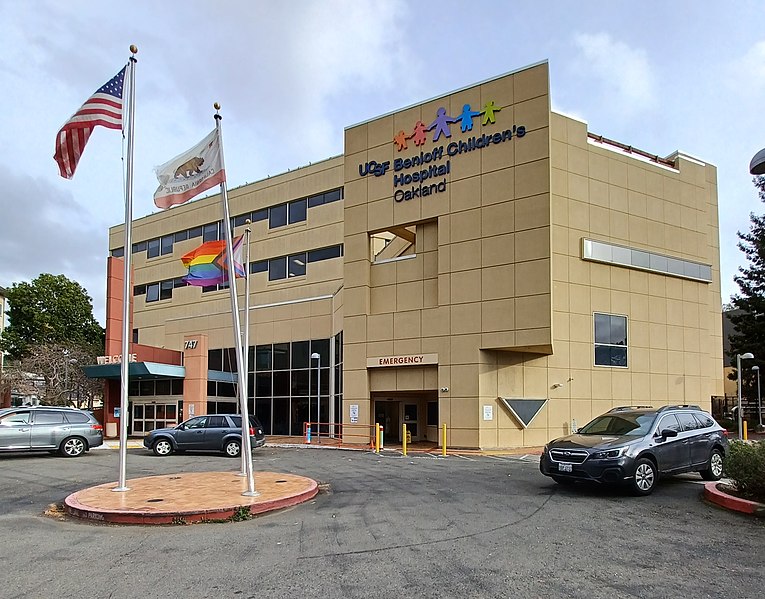Throughout America, healthcare facilities have been aging for years. Most are long overdue for modernization, and many need to be replaced because they can no longer meet the needs of the communities they serve.
Public healthcare infrastructure is funded through a combination of federal, state and local government sources. In recent years, the federal government has increased funding for healthcare, but the last large allocations were made several years ago. Approximately $1 billion was allocated through the American Rescue Plan, and it was earmarked for renovation or the construction of new health centers.
Some state legislatures are funding healthcare infrastructure, but not all. The state of Texas allocated $11.7 billion for behavioral health in the most recent legislative session and $2.3 billion to that statute, which carried a mandate to modernize the state’s hospital system and expand inpatient capacity. Due to recent state or local funding, many upcoming health-related opportunities will soon be launched.
The University of Maryland’s Shore Regional Health will benefit from a $540 million investment in a new Regional Medical Center. Replacing the outdated Easton hospital, the new 325,000-square-foot, six-floor facility will provide 147 private rooms and incorporate state-of-the-art medical services tailored to the region’s needs. It will feature expanded specialty centers, including a Cardiac Intervention Center, Behavioral Health Center and Birthing Center. The site, located on over 200 acres near Route 50, will offer improved accessibility with ample parking and efficient emergency transport options via ambulance and helicopter. The new facility will serve the growing healthcare needs of 170,000 residents across five rural counties.
The project has gained significant backing and financial support, including an additional $100 million commitment from the state. Construction is scheduled to start in 2025.
The University of Nebraska Medical Center (UNMC) received approval from its Board of Regents to proceed with planning a $2.19 billion academic medical center in Omaha. This initiative will be the largest in the university’s history, and it will modernize and significantly expand the system’s healthcare facilities and research capabilities. Construction is expected to begin in 2025, and detailed plans being developed now will be in place by the end of 2024.
In addition to this project, regents approved another $87 million to support the expansion of a research facility. More expansion is obviously a goal because board members also approved the purchase of two additional properties in Omaha for future campus development.
Officials at the city of Philadelphia recently granted final zoning approval for a new public health center in the city’s northeast section. A three-story, 55,000-square-foot healthcare facility will be constructed to provide adult and pediatric primary care and other services. The center will be located in what some call a healthcare desert – an area where affordable healthcare options are sadly lacking. The new center will serve about 30,000 people a year. The project has a projected cost of $11 million, but the construction costs are soft and will be finalized through planning and design. Construction solicitations are expected in early 2025.

Children’s Hospital Oakland. Photo by Mx. Granger
The University of California in San Francisco’s Children’s Hospital Oakland has received final approval for a $1.5 billion project to construct a state-of-the-art hospital facility. It will replace outdated buildings that no longer meet seismic standards while adding much-needed capacity and modern amenities. The new hospital will double the space of the emergency division and triple the number of single-patient rooms. It will consist of a new neonatal intensive care unit, seven surgical suites and a 20-bed inpatient behavioral health unit. The construction of this building is part of a broader $1.62 billion modernization effort, which also includes infrastructure upgrades, new administrative and diagnostic buildings and a parking garage with 120 electric vehicle charging spaces.
The Pennsylvania Department of General Services plans to convert the former Harrisburg State Hospital into a new joint research laboratory to benefit the Department of Health. The $450 million renovation will also include a new laboratory complex on the 30-acre property and a $125 million forensics laboratory, which will be dedicated to the Pennsylvania State Police. The project’s first phase will deliver a 300,000-square-foot joint lab facility. The second phase will develop the forensics laboratory, restore historic buildings on the site and renovate them to serve as an administrative building, a chapel and a museum. Site preparation is scheduled to begin in 2025, and the first phase of construction is planned for 2026.
Contracting opportunities with governmental entities throughout America will be abundant in 2024. Planning is underway and it appears evident that interested parties will find great diversity in the many upcoming healthcare infrastructure opportunities.







